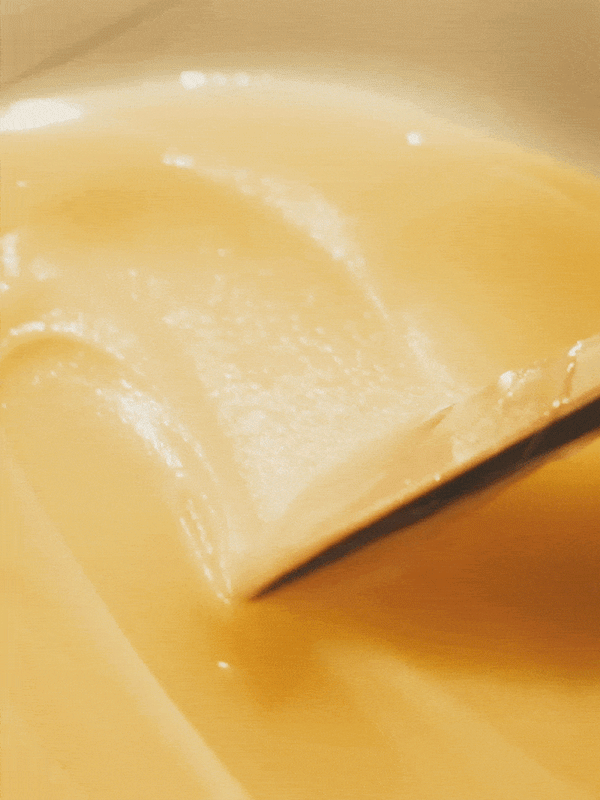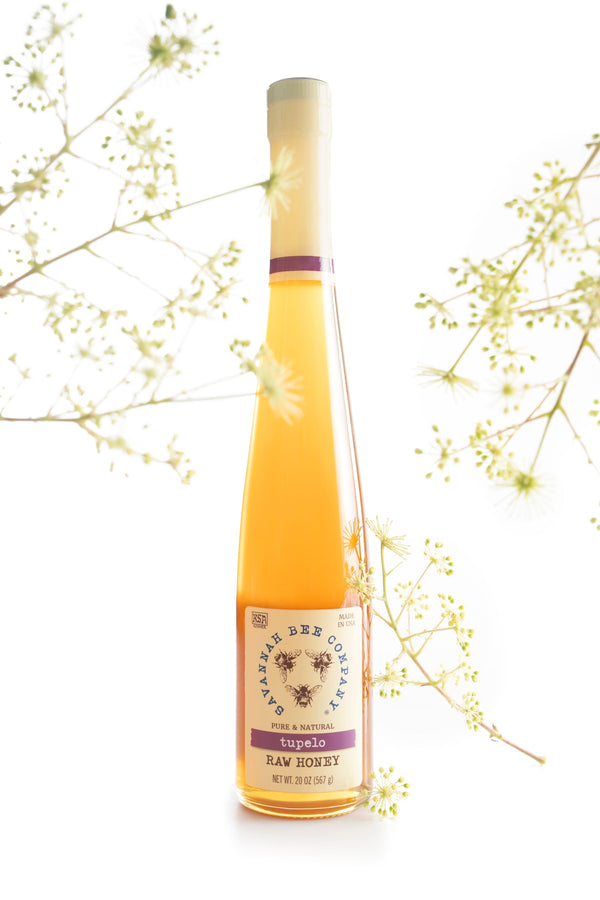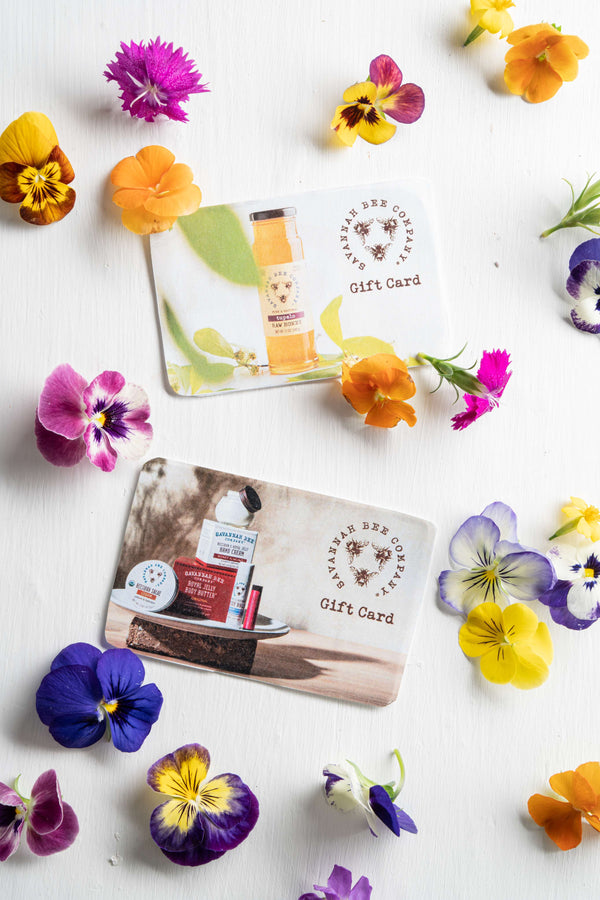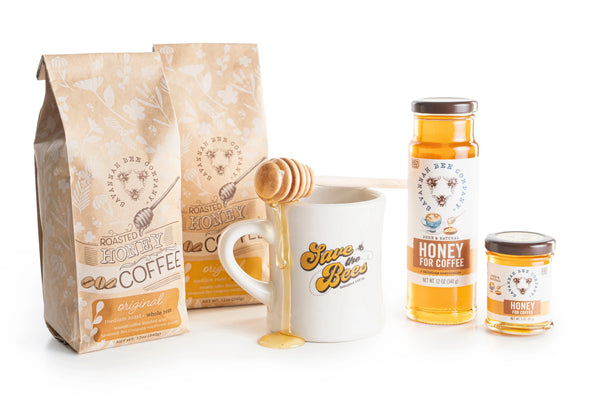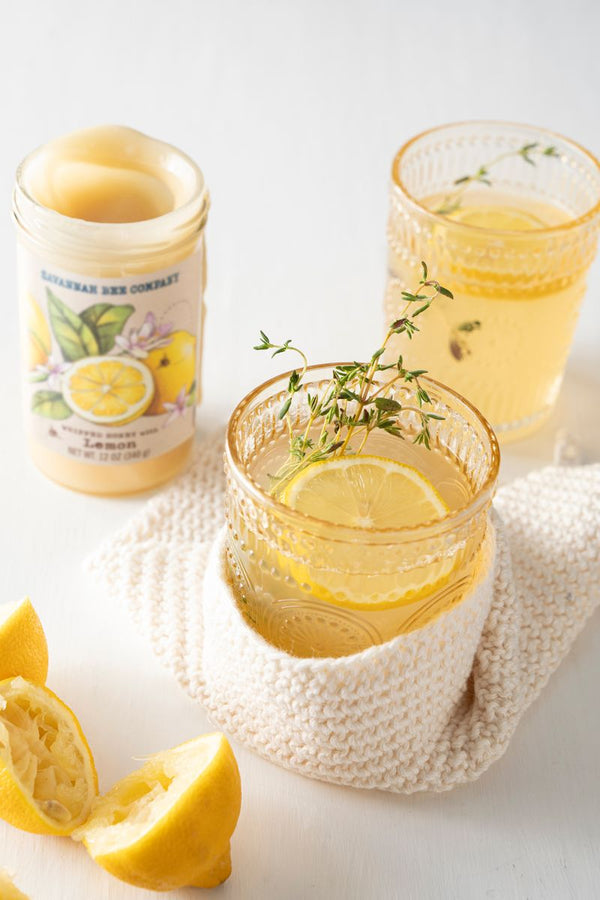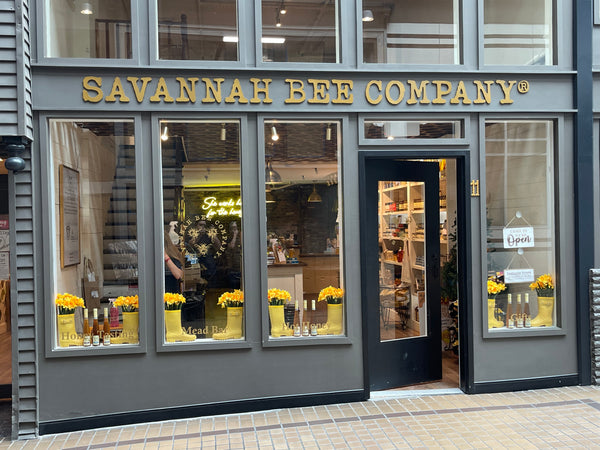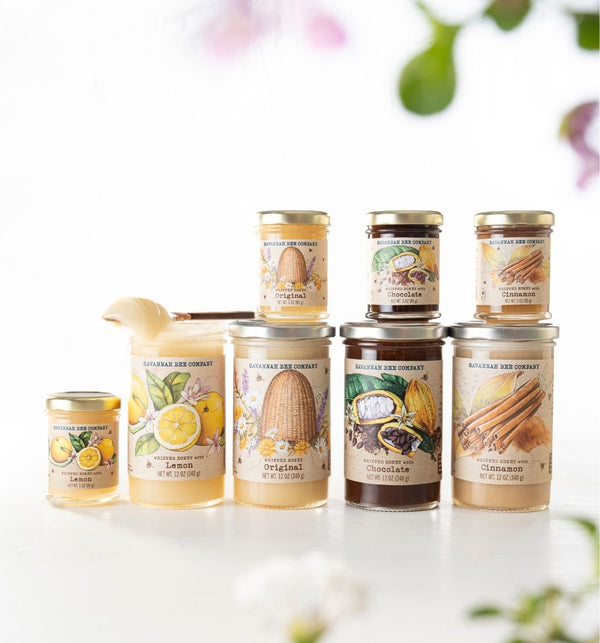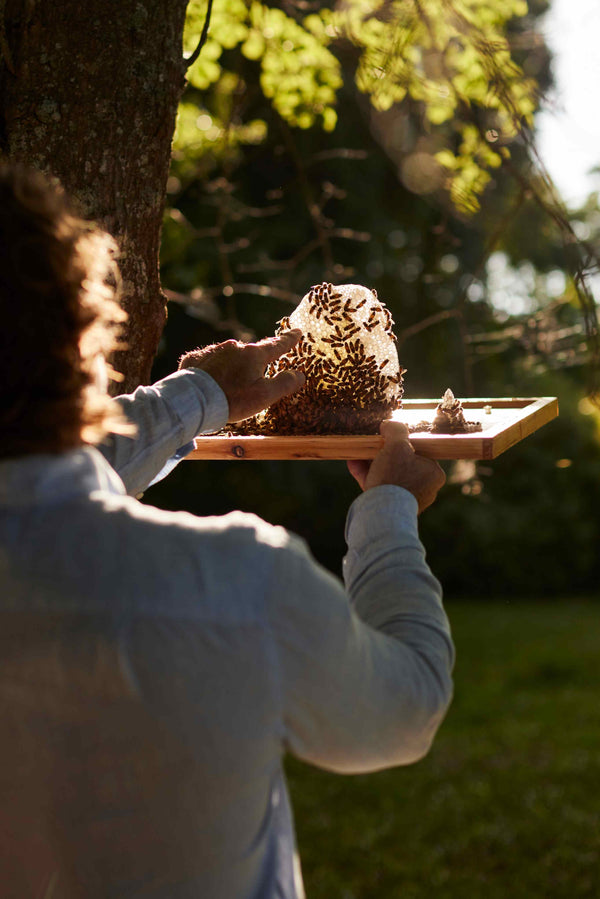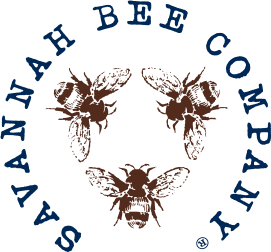What is Black Sage Honey?
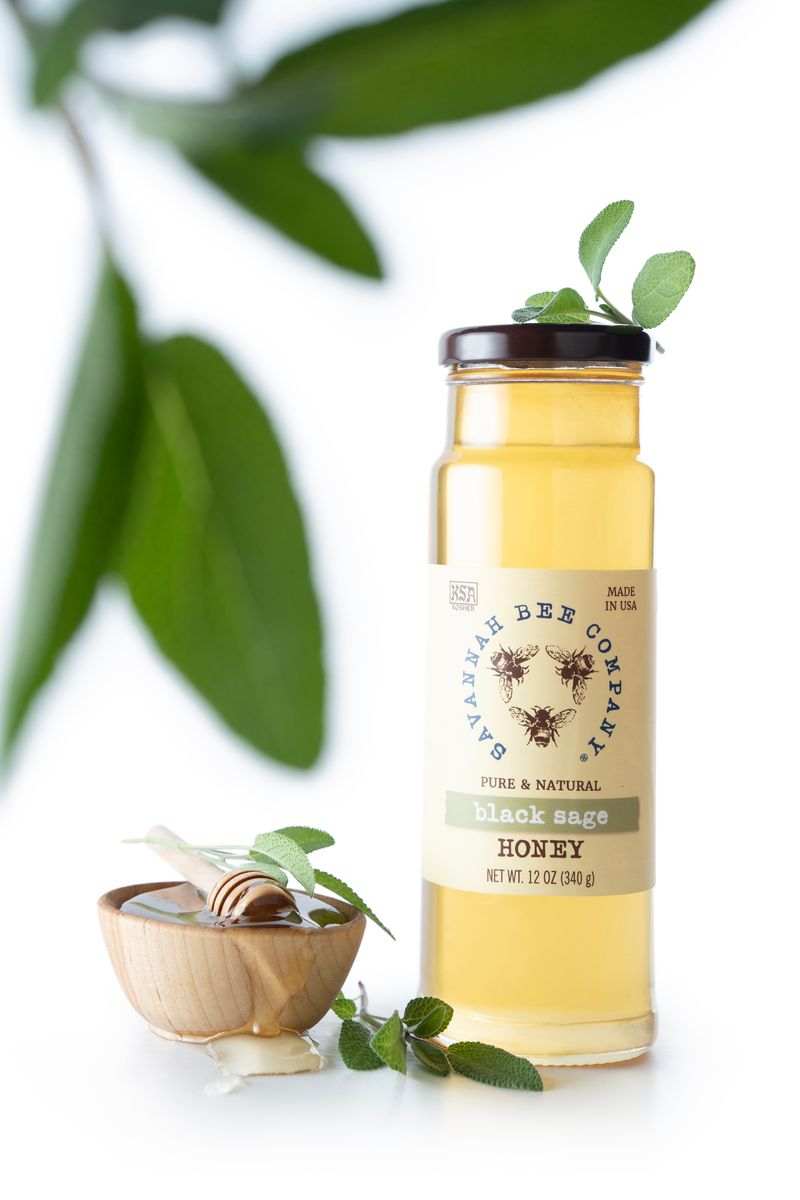
Nestled in the desert landscapes of California, near the Sierra Nevada mountains, Black Sage stands as one of the most resilient native shrubs. From this wild desert plant comes some of the most uniquely flavored honeys Savannah Bee Company founder Ted Dennard has ever tasted.
“It’s different every year, it’s always surprising to me. It’s unlike any other honey. It’s both mild and bold at the same time. Light in color and slow to crystallize. Sometimes there’s an earthiness, and sometimes more savory than sweet,” Ted explains. Black Sage honey’s complexity is what makes it so enthralling to honey lovers.
Though it’s claimed to be a little bit of everything, overall it’s flavor profile carries subtle floral undertones with hints of peppery fruitiness. It’s often described as having a clean, fresh finish that reflects the pristine environment of its floral source.
Black Sage is also known for its slow crystallization process, making it a favorite for its smooth, liquid consistency over an extended period. “A lot of people at the company like to use it for cooking,” Ted explains. It’s a great addition to cocktails or a cheese and fruit board.
The Wildest Shrub in the Desert
The flowering period of Black Sage typically occurs from April to June. During this time, the plant is easily recognizable by its vibrant displays of small, tubular flowers, which range in color from light lavender to deep violet – sometimes growing from 6 to 10 feet high!
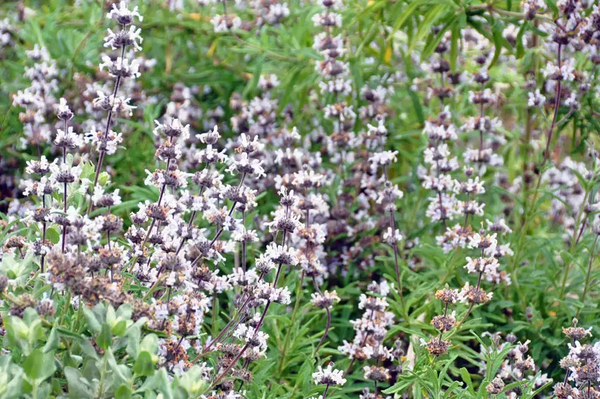
Requiring minimal overall rainfall and relishing the warm, dry summers, Black Sage is perfectly adapted to its dry environment. However it does need a little nature prep work before it can bloom in abundance. “It takes a wet winter and wet early spring for this desert plant to spring to life and produce nectar,” Ted explains.
During the blooming season, as you wander through the towering stalks and sage-scented air, you're likely to see a bustling activity of bees and butterflies, all drawn to the nectar-rich flowers – they are an absolute banquet for local wildlife.
The nectar tastes just as good to pollinators as the honey does to us. Ted explains, “Like Lavender Honey it doesn’t taste like the leaf or the bloom – it’s got it’s own personality.”
Part of it’s personality is it’s potent aroma. The foliage of black sage is super scented, with soft, gray-green leaves that emit a strong, earthy aroma when crushed, which adds to the sensory experience of its environment. It can be used for soothing balms or even in tea.
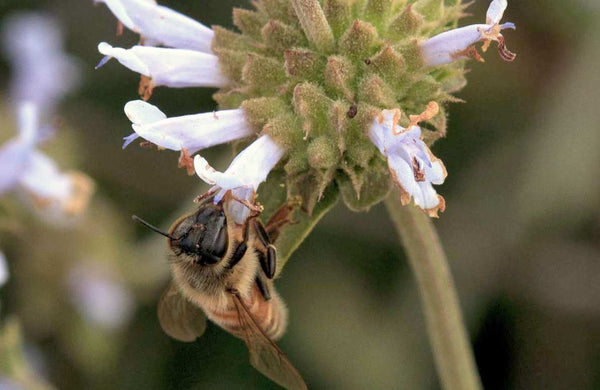
Black Sage honey also has it’s own secret health benefit – an unusually high pollen count. It has generally 20 times more pollen than other honeys, imbuing the honey with more healthy and healing properties. Bee Pollen has high levels of proteins and vital nutrients that give your Black Sage honey a hearty daily boost with every spoonful.
A Love Like No Other
The founder of Savannah Bee Company likes to wax poetic about the intertwined fate of honey bees and Black Sage (Salvia Mellifera). “Salvia is the genus, and that means healing, and Mellifera means honey. Honey Bees are known as Apis Mellifera. So together they are known as Honey Bee and Healing Honey. It’s a romance”
At it’s heart Black Sage is a wild, unpredictable desert shrub that produces some of the most complex and gorgeous honey in the U.S. Its resilience and beauty make it a symbol of the wild, unspoiled charm that the Sierra Nevada region continues to hold. Pick up some Black Sage honey, arrive in your mind at the sunny California foothills, and savor the flavor of the landscape.
#savethebees
Published



